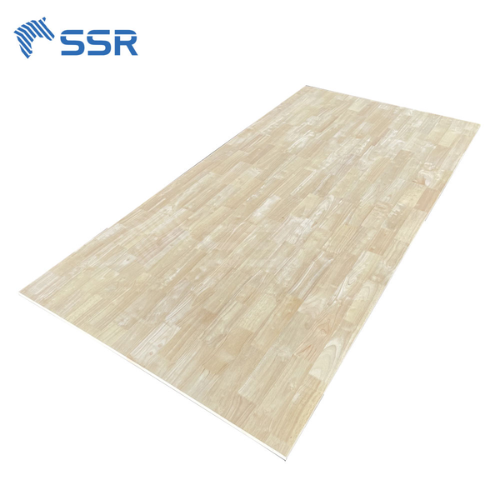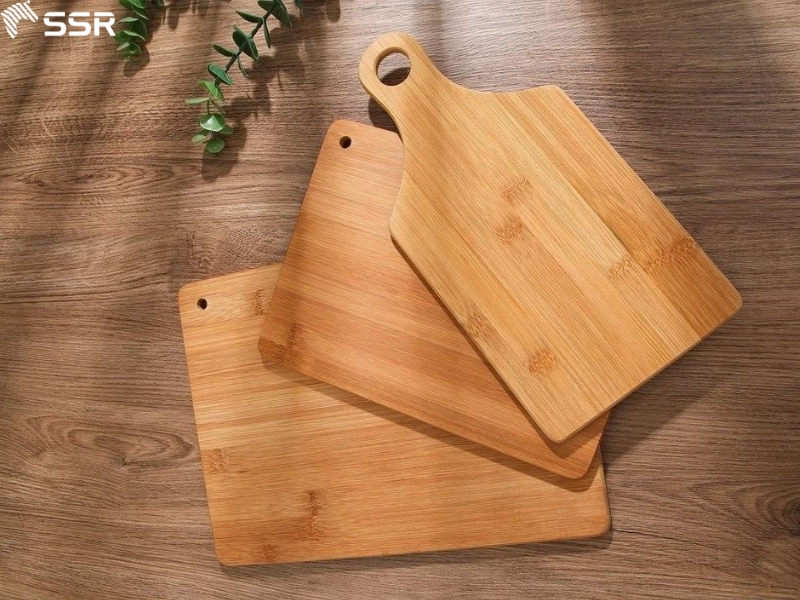NEWS
Neutral colors are not only an introverted region-sky or appearance mysterious, but also present for balance, tranquility, and elegance, easily combined with other colors to add more vitality to the house.
What colors are neutral colors?
White: Creates a clean, spacious, and bright feeling, often used as a background for other interior details.
Gray: Modern, luxurious, and courteous, has many different tones, from light gray to dark gray, and is easy to coordinate with other colors.
Beige: A warm-hearted, pleasant neutral color, popular for its closeness and comfort.
Light brown: Brings a natural and warm feeling, often used in natural or rustic interior designs.
Black: Creates a strong and classy highlight in interior design, used properly will help highlight other elements in the environment.
How neutral color scheme in interior design
- Mixing neutral tones
Using more different neutral tones in the same space can create richness and depth. For example, mixing light gray, dark gray, white, and beige tones to create a multi-dimensional and sophisticated interior area.
- Adding colorful details
Neutral colors are the main color, adding some bright or bold color details will be much more interesting. For example, using pillows, rugs, paintings, or lamps in colorful colors such as blue, yellow, pink, or red.
- Using natural materials
Natural materials such as wood, stone, and linen are often neutral in color but very close. Applying these materials at the same time is suitable for those who love rustic beauty.
- Pay attention to light
Natural and artificial light plays an important role in “come out” neutral colors. Natural light suggests a brighter and more airy feeling, while artificial light is attractive and warm.
- Create balance with contrasting elements
To avoid monotony, can add contrasting elements such as black, metal, or dark wood furniture. These elements are both unique and enhance the aesthetics of the room.
- 60-30-10 color scheme
This rule suggests that 60% of a primary neutral, 30% of a secondary neutral, and 10% of a dominant color should be used. For example, use white as the primary color, gray as the secondary color, and blue to attract attention.
- Focus on texture and surface
Incorporate different textures and surfaces such as velvet, wool, leather, and wood to add attractiveness and dispel any boredom.
- Use decorative accessories
Decorative accessories such as pillows, rugs, curtains, and paintings highlight neutral colors. Choose accessories with subtle patterns and colors to colour-point the interior.
Notes when combining neutral colors with wooden floors

Choose the right wood floor color
- Choose the right wood floor color
Light wood: Oak, maple, or ash wood brings a bright and spacious feeling. White, beige, and light gray will enhance the natural beauty of light wood floors.
Medium wood: Walnut, cherry, or chestnut wood, … with gray, beige, and light brown.
Dark wood: Mahogany, ebony, or red wood in dark gray, dark brown, and white will create balance and impression.
- Wall and ceiling color combination
White or light gray walls: Bright and airy tones, making the wood floor the center.
Beige or light brown walls: Perfect choice for wood floors.
- Use diverse textures and surfaces
Matte and glossy surfaces: Parallel for matte and glossy surfaces for harmony and aesthetics.
- Specific suggestions
Light wood floors: White walls, light gray furniture, and blue accessories.
Medium Wood Flooring: Beige Walls, Gray Furniture, and Yellow Accessories.
Dark Wood Flooring: Light Gray Walls, White Furniture, and Red Accessories.
The role of neutral colors in interior design
- Make a foundation for impulsive-reveal elements
White, gray, beige, and light brown are often used as background colors in interior design. These colors create a solid and flexible foundation, which complements other details and colors in the space.
- Create a sense of open space
These colors often evoke a feeling of spaciousness and airiness.
- Increase the sustainability of the design
Neutral colors never go out of style and can easily change the style by adding or changing other decorative details. This makes the interior design more sustainable and flexible over time.
Neutral color enthusiasts can be more confident in pursuing their preferences, while those who are hesitant about this color can now rest assured thanks to neutral color combinations in interior design.
Featured Products
Acacia Wood Butcher Block Countertops Supplier
Specifications:
- Species: Acacia
- Moisture: < 12%
- Wood Stave (Length): 150-400 mm
- Wood Stave (Width): 30-80 mm
- Length & Width tolerance: 0/+3 mm
- Thickness tolerance: +/- 0.2 mm
- Glue: D4
- Quality: AB, BC or customized
- Surface finish: Sanding 180-240 grit, 2 faces
Rubberwood Finger Joint Board Supplier
- Species: Rubberwood
- Moisture: <12 %
- Wood Stave (Length): 150-600 mm
- Wood Stave (Width): 35-80 mm
- Length & Width tolerance: 0/+3 mm
- Thickness tolerance: +/- 0.2 mm
- Glue: D4
- Quality: AA, AC or customized
- Surface Finish: sanding 240-320 grit, 2 faces
Birch Butcher Block Countertop Supplier
Specifications:
- Species: Birch
- Moisture: < 12%
- Wood Stave (Length): 150-400 mm
- Wood Stave (Width): 20-80 mm
- Length & Width tolerance: 0/+3 mm
- Thickness tolerance: +/- 0.2 mm
- Glue: D4
- Quality: AB, AC or customized
- Surface finish: Sanding 180-240 grit, 2 faces.
Featured News
Related News
Bamboo Cutting Board Tips for Distributors – SSR VINA
Bamboo has become a popular alternative to traditional hardwoods when it comes to kitchen cutting boards. But is it really a good choice for your kitchen? In this guide, we’ll cover everything from the benefits and downsides to care instructions, environmental impact, and FAQs. What is a Bamboo Cutting Board? A bamboo cutting board is […]

Biomass Energy: The Natural Powerhouse of Renewable Energy
In the search for sustainable energy solutions, biomass stands out as one of the most promising alternatives to fossil fuels. But what exactly is biomass, and why is it gaining attention around the world? Let’s explore how this natural energy source works, where it’s used, and what the future holds. What Is Biomass? Biomass refers […]








 Tháng 8 1, 2024
Tháng 8 1, 2024 | SSR
| SSR




